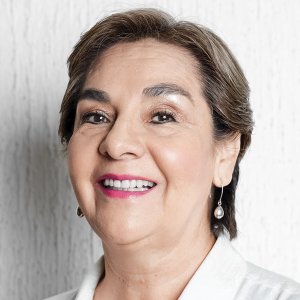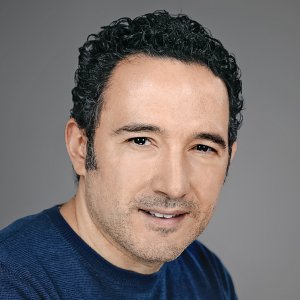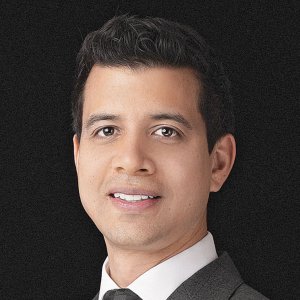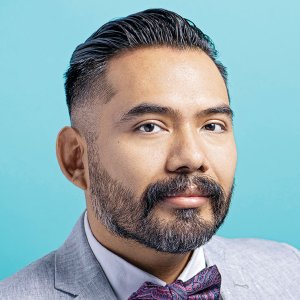Universal Healthcare: Reframing Through a Collaboration Lens

STORY INLINE POST
For the last couple of years, healthcare systems around the world have faced unprecedented stress. Both private and public stakeholders entered into “fight or flight” mode to address the challenge with innovation, agility, and resilience. In many ways, we delivered while figuring out the uncertainty. Now, this transformed reality requires us to think and act simultaneously in solving what the short term requires and thinking about solutions for the long term around the pending assignments.
There are opportunities hidden in every crisis; this is no exception. The fact that health has been on the public agenda generates new possibilities to talk about accessibility and how we need to rethink the role that society, private and public organizations have in pursuing universal healthcare access.
This is a good moment to make the most of the collaboration generated between governments, pharmaceutical companies and the private sector in general to obtain a common objective. Also, to consider the importance of accountability, education, and the involvement of society at every level.
According to the World Health Organization, Universal Healthcare Coverage means that all people have access to the health services they need, when and where they need them, without financial hardship. It includes the full range of essential health services, from health promotion to prevention, treatment, rehabilitation, and palliative care[1].
How is Mexico in terms of accessibility? The latest data from the National Institute of Statistics and Geography (INEGI) and the National Council for the Evaluation of Social Development Policy (CONEVAL) reveals that 71.8 percent of the population has access to either public or private health services[2]; even though this means a considerable improvement from the results of 2010, we are talking about a universe of 33 million Mexicans that need to be included in the system one way or another.
The assignment is full of complexities and a systemic approach might be the best way to consider it. From my point of view, universal healthcare access requires universal collaboration and doing things differently. It is about responding as much as preventing.
Fostering accountability from a multidimensional perspective is extremely relevant. The stakeholders in the private sector have committed to replicating the “lightspeed mode” generated since 2020 to develop research and innovative therapies for a broader range of medical conditions. Governments need to think about current and future public policies that respond to this new environment, how to increase the availability of treatments by simplifying strategic processes and reinforce the social security institutions while understanding the different needs of rural and urban communities.
All of the above is crucial; however, the impact of our roles requires a social component: the involvement of the patient, even before he becomes one. One of the lessons learned since 2020 is to consider new communication channels with the regular citizen to reshape their approach to health. The opportunity is to reframe the narrative, culture, and habits around healthcare. One key element is to reinforce a more preventive perspective.
The National Survey of Health and Nutrition (ENSANUT, 2020), shows that only 13 percent of the healthcare services required by the surveyed were preventive, versus 38 percent that corresponded to acute diseases and 25 percent for chronic diseases[3].
We might consider that those results are in line with the decline of preventive health during the pandemic as a side effect throughout the world. However, when looking at the data of ENSANUT 2018-19, we see that 25.6 percent of the ambulatory consultations corresponded to respiratory diseases and 16.4 percent to chronic diseases, with no significant data for preventive consultations[4]. This means that most of the efforts end up concentrated in the treatment and palliative care part of the definition of Universal Healthcare Coverage.
Diseases with high incidence and mortality in our country, such as breast cancer, are diagnosed nine out of 10 times when it is too late. Even though we have one of the highest incidences of obesity and diabetes among OECD members, 61.7 percent of the population surveyed in the ENSANUT 2020 said that they diminished their physical activity while 29.1 percent increased their time laying or sitting down during the first year of the pandemic.
To increase accessibility, we need a robust system with innovative treatments but we also need more patients with a preventive mindset. A preventive approach to healthcare has a positive impact on reducing the consequences of inherited chronic conditions, as well as the household’s average expenditure on health.
Every element of the system needs to consider how we can ensure accessibility from the earlier stages, as well as how we can avoid complications, mortality, and hospitalizations by consulting a doctor when identifying a possible symptom. It is time to prioritize health from a systemic perspective, asking from the individual to the organizational level: Which role should I play and how can we all meet halfway to pursue a common objective?
[1] (World Health Organization)
[2] Consejo Nacional de Evaluación de la Política de Desarrollo Social. (5 de agosto de 2021).
Resumen Ejecutivo. Medición multidimensional de la pobreza en México 2018 – 2020.
[3] Encuesta Nacional de Salud y Nutrición 2020 sobre Covid-19. Resultados nacionales. Secretaría de Salud.
[4] Encuesta Nacional de Salud y Nutrición 2018-2019. Resultados nacionales. Secretaría de Salud.
























